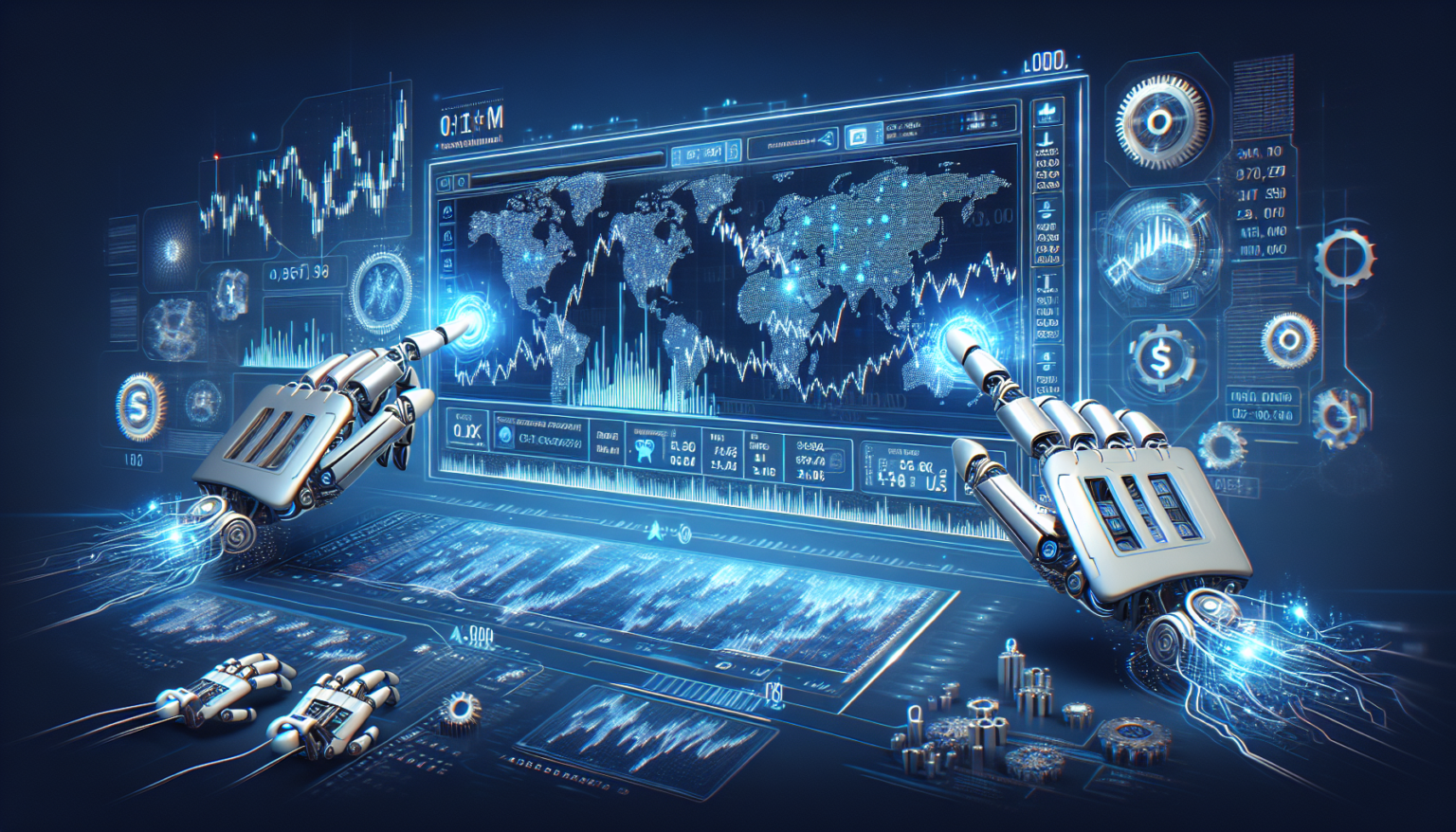Understanding Risk Management in Financial Markets
In the world of finance, risk management is a systematic process of identifying, assessing, and responding to potential risks that could impede the attainment of financial objectives. Historically, risk management has involved a multitude of strategies ranging from diversification to hedging. With the evolution of technology, innovations have emerged that fundamentally transform how risk is managed, particularly through automated trading solutions.
The Rise of Automated Trading Solutions
Automated trading, often referred to as algorithmic trading or black-box trading, involves using computer algorithms to execute trades based on predefined criteria. This method of trading allows for faster execution and the ability to analyze vast amounts of data in real-time, thus enabling more informed decision-making. The rise of automated trading solutions is primarily attributed to the following factors:
Speed and Efficiency
One of the standout features of automated trading solutions is their ability to execute trades at lightning speed. In instances where human traders may take several minutes to analyze market data and make a decision, automated systems can do this in milliseconds. This not only enhances efficiency but also allows traders to capitalize on fleeting market opportunities that would otherwise go unnoticed.
Elimination of Emotional Bias
Emotions play a significant role in trading decisions, often leading to irrational choices driven by fear or greed. Automated trading solutions operate on a set of logical parameters that are devoid of emotional interference. This ensures that trades are executed based solely on data and strategy, effectively minimizing the risk associated with emotional trading.
Access to Complex Strategies
Automated trading can implement complex mathematical models and trading strategies that would be too cumbersome for human traders to execute manually. For instance, strategies involving high-frequency trading, statistical arbitrage, and sophisticated risk management techniques can be effectively executed using automated solutions, leading to improved risk-adjusted returns.
Innovative Risk Management Features in Automated Trading
As automated trading solutions become more mainstream, innovative risk management features are being integrated to bolster their effectiveness. Some of these features include:
Real-Time Risk Assessment
Modern automated trading systems are equipped with advanced analytics that continuously monitor market conditions and portfolio performance. This real-time risk assessment allows traders to make swift adjustments in response to market volatility. For example, if a particular asset class shows unexpected price swings, the automated system can adjust positions or apply protective measures without human intervention.
Dynamic Position Sizing
Instead of relying on fixed position sizes, automated trading solutions can determine position sizes dynamically based on the risk exposure of the overall portfolio. This approach considers factors such as volatility and historical performance, allowing traders to manage their capital more effectively while pursuing higher returns.
Stop-Loss and Take-Profit Mechanisms
Automated trading solutions can employ sophisticated stop-loss and take-profit mechanisms. These features automatically close positions once they reach a certain level of loss or gain, effectively managing risk without requiring manual oversight. This capability is particularly valuable in volatile markets where swift decisions are crucial.
Regulatory Compliance and Monitoring
With increasing regulatory scrutiny in the financial markets, automated trading solutions also offer tools to enhance compliance with trading regulations. Many modern systems incorporate features that ensure adherence to regulations such as the Markets in Financial Instruments Directive II (MiFID II) in Europe.
Audit Trails
Automated trading systems maintain comprehensive logs of all trades executed, particularly important for regulatory compliance. These audit trails help in tracking trading activity, providing transparency, and ensuring accountability. In the event of a market anomaly, having a detailed record of trades can facilitate more straightforward investigations.
Algorithmic Reporting
The use of advanced analytics in automated trading solutions ensures that comprehensive reports can be generated to monitor trading performance, risk exposure, and compliance. This reporting mechanism not only provides insights for traders but also fulfills regulatory obligations by detailing how trading strategies align with risk management practices.
The Integration of Artificial Intelligence
Artificial intelligence (AI) and machine learning (ML) are increasingly becoming central to automated trading solutions. By analyzing historical data and identifying patterns, AI can significantly enhance trading strategies and risk management protocols.
Predictive Analytics
AI algorithms are capable of predictive analytics, which involves using historical data to predict future market movements. These predictions can inform automated trading strategies, enabling a more proactive approach to risk management. For example, if a trading algorithm identifies an impending market downturn based on historical trends, it can pre-emptively adjust trading strategies to mitigate risk.
Adaptive Algorithms
Gone are the days when trading algorithms are static and fixed. AI-powered trading systems can learn from past performance and adapt their strategies in real-time. This adaptive capability is vital in managing risks, as the system can evolve in response to changing market conditions.
Challenges and Considerations in Automated Trading Risk Management
While automated trading solutions offer numerous advantages in risk management, it’s important to recognize the potential pitfalls and challenges.
Market Conditions
Automated systems are reliant on algorithms programmed based on historical data, which means they may struggle in highly unpredictable market conditions. The absence of human intuition can lead to significant losses if the system encounters market anomalies that are not factored into its trading strategy.
Model Risk
There’s also the risk associated with the models themselves. Poorly designed algorithms or models can lead to catastrophic results. It’s crucial for organizations to conduct rigorous back-testing and validation of their trading models to ensure they are robust and effective.
Cybersecurity Threats
As automated trading solutions become more entrenched in financial markets, they also become targets for cyber threats. Safeguarding trading systems against hacking and other cyber-attacks is essential to ensure the integrity of trading operations and protect sensitive financial information.
The Future of Risk Management in Automated Trading
The evolution of financial technology is relentless, and as automated trading solutions continue to advance, we can expect to see even more sophisticated risk management innovations. The integration of quantum computing, advanced neural networks, and more robust regulatory frameworks holds promise for the future landscape of automated trading and risk management.
In the ever-changing arena of finance, embracing these innovations while mitigating potential risks will remain critical for traders and financial institutions. Automating trading strategies with comprehensive risk management features not only enhances operational efficiency but also paves the way for more informed decision-making and risk mitigation in an increasingly complex market.








